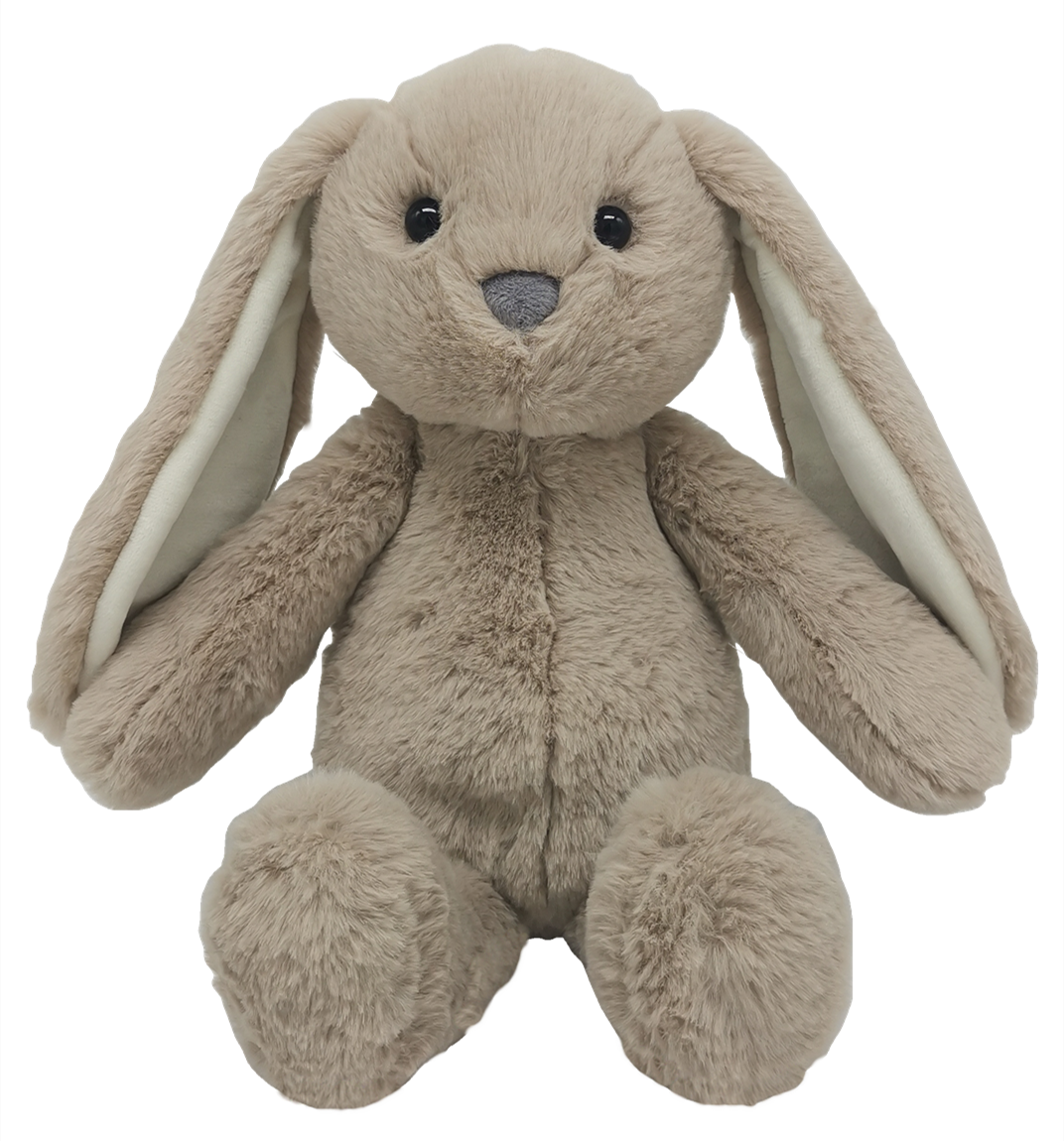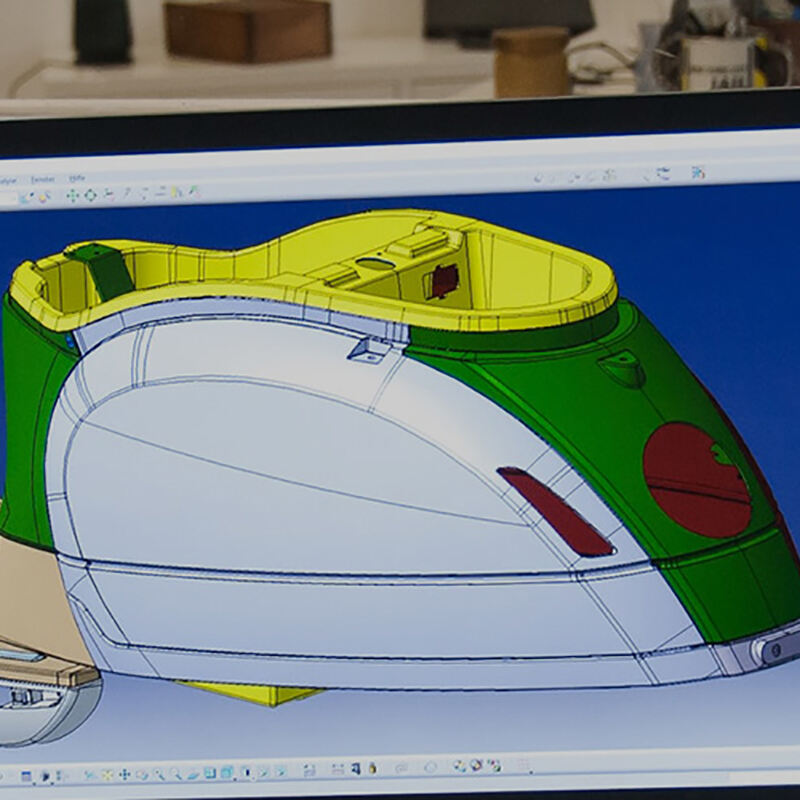Benefits of Baby Soft Cloth Books in Newborn Cognitive Early Education
2025
Enhancing Sensory Development Through Tactile Exploration
Stimulating Touch with Soft Textures
Soft textures like fleece and cotton are essential in promoting tactile exploration and sensory integration for infants. These materials gently stimulate a baby's sense of touch, providing comfort while sparking curiosity. An interesting aspect of these materials is how their varied textures can induce different sensory responses, aiding in the overall sensory development of infants. Research supports this, demonstrating how tactile stimulation significantly impacts the sensory processing capabilities in young children, improving their developmental milestones. Studies have shown that when babies are exposed to soft textures, they engage more deeply, exploring their environment with heightened enthusiasm (source: Journal of Sensory Studies).
Crinkle Sounds for Auditory Engagement
Crinkle sounds play a crucial role in auditory engagement during early development. The unique auditory stimuli provided by crinkle toys capture a baby's attention and motivate them to explore their surroundings further. As infants react to these sounds, they enhance their cognitive abilities and learn to associate different sounds with corresponding actions or objects. Research indicates that exposure to auditory stimuli like crinkle sounds positively affects cognitive engagement and development in infants, as reported by studies in the Child Development Journal. These sounds encourage babies to develop an awareness of their environment, which is a fundamental aspect of their overall developmental progress.
High-Contrast Visual Patterns
High-contrast visual patterns are vital for attracting a newborn's attention, significantly aiding in visual development. Infants are naturally drawn to bold and contrasting colors, which help enhance their visual perception and aid in the recognition of shapes. These patterns build the foundation for better visual processing as infants start to comprehend their surroundings. Research in the Visual Development Journal has linked early exposure to high-contrast visuals with reaching significant cognitive development milestones. By integrating these patterns into their environment, caregivers can support the infant's ability to identify shapes and improve their overall visual acuity, laying a strong foundation for future learning stages.
Promoting Language and Cognitive Growth
Early Exposure to Vocabulary
Introducing basic vocabulary through colorful illustrations and simple words plays a crucial role in a child's early language development. At this developmental stage, infants benefit greatly from being exposed to a variety of words that connect with vivid images, enhancing their ability to associate words with objects or concepts. Repetition in vocabulary exposure is vital, as young minds tend to absorb language more effectively when introduced to words consistently. Research indicates that children with a rich vocabulary in their early years tend to perform better academically in later life stages. For instance, a study by the National Institute of Child Health and Human Development found that early vocabulary exposure has a significant correlation with later literacy skills, underscoring the importance of early language engagement.
Interactive Storytelling Techniques
Interactive storytelling is an excellent method to foster cognitive skills and imagination in infants. By incorporating interactive sound elements into storytelling, caregivers can capture a child's attention and make the experience more engaging. This approach not only keeps young ones entertained but also encourages them to use their imagination as they envision the story being read to them. According to early childhood education specialists, storytelling at a young age can boost cognitive abilities, as it prompts infants to think critically and visualize scenarios. Engaging in storytelling practices routinely can also help build a child's ability to listen actively, an essential skill for future learning and development.
Object Recognition Foundations
Facilitating object recognition in infants is crucial for laying down the foundation of later problem-solving skills. Techniques such as interactive play and exploration encourage infants to identify various objects, understanding their function and relevance. This ability to recognize and categorize objects is a key aspect of cognitive development, helping infants develop logical thinking and reasoning skills. Studies in developmental psychology highlight that visual recognition in infants is a precursor to more complex problem-solving abilities later. Encouraging this through games and exploration can significantly aid in enhancing a child's cognitive foundations, preparing them for advanced learning stages as they grow.
Building Fine Motor Skills with Interactive Features
Flap Manipulation for Hand-Eye Coordination
Flaps that can be lifted or flipped are excellent tools for helping babies practice hand-eye coordination. This interaction is critical for later activities such as writing and drawing, as it fosters the development of precise movements needed for these tasks. For example, a study highlighted in the Journal of Pediatric Research shows a strong link between early manual activities and the achievement of developmental milestones in children. By engaging with toys that include these features, infants not only enjoy playtime but also build essential motor skills that contribute to their cognitive and physical growth.
Grasping Practice with Lightweight Design
Lightweight toys are particularly beneficial for teaching infants to grasp and manipulate objects easily. Grasping is fundamental in developing strength and dexterity in small hands, forming the foundation for more complex hand movements. According to developmental milestones outlined by the American Academy of Pediatrics, infants typically begin grasping objects around 3 to 4 months of age, gradually improving their ability to hold and explore. Engaging with baby Plush Toys and other soft objects not only offers familiarity but also aids in strengthening these critical hand skills early on.
Reaching Exercises During Tummy Time
Tummy time is invaluable for strengthening muscles used in reaching and grabbing. Incorporating toys that encourage reaching can significantly support physical development. For instance, toys placed within reach can motivate babies to stretch their arms and improve coordination. Pediatric recommendations often emphasize tummy time as crucial, highlighting its role in developing muscle control and coordination necessary for milestones like sitting and crawling. By using Baby Soft Toys that engage infants during tummy time, caregivers can ensure a supportive environment for healthy muscle development and exploration.
Safety and Durability: Ideal for Newborns
Non-Toxic Materials for Oral Exploration
Ensuring that baby plush toys are made from non-toxic materials is crucial, as infants frequently explore their world through oral exploration. Such toys must comply with rigorous safety standards like those set by the Consumer Product Safety Commission (CPSC) to ensure they are free from harmful chemicals. These certifications reassure parents that each product adheres to the highest safety parameters. The importance of non-toxic materials is further supported by data from prominent health organizations, emphasizing that exposure to safe materials is vital for infant health.
Machine-Washable Construction
The convenience of machine-washable baby soft toys cannot be overstated, especially in maintaining hygiene and prolonging the durability of these items. Consumers consistently prefer toys that can be easily cleaned, as confirmed by surveys indicating machine-washability as a top feature for baby products. This ease of cleaning ensures that toys remain sanitary, thereby fostering a healthier play environment for infants. It also extends the toy's lifespan, allowing for continued enjoyment and usage without compromise to cleanliness.
Rounded Edges for Injury Prevention
Designing toys with rounded edges is essential in preventing injuries like cuts or bruises, which are common with sharp-edged items. Rounded edges are part of design standards that comply with safety regulations to protect children. Organizations like the American Academy of Pediatrics recommend toys with such safety features to minimize potential harm. These design standards are integral in crafting safe and child-friendly baby toys that foster a secure environment for play and exploration.
Custom Plush Toys: Tailoring Early Learning Experiences
Create Your Own Custom Plush Toys: Personalized Educational Companions
Personalized plush toys can significantly foster emotional connections, thereby enhancing a child's learning experience. These toys are more than just playthings; they are companions tailored to meet individual developmental needs, offering comfort and familiarity. Custom features allow for the accommodation of specific preferences, such as size, color, and design, which helps cater to diverse emotional and educational requirements. For instance, a custom plush toy can be designed to resemble a child's favorite character or include an educational theme, turning playtime into a valuable learning opportunity. Testimonials from parents and educators emphasize the positive impacts of customizable educational toys in fostering creativity and emotional growth, making them an essential part of early childhood development strategies.
JOLLYTOY: Branded Character Development Solutions
JOLLYTOY specializes in creating branded characters that make learning experiences more engaging for children through the familiarity of well-loved figures. Utilizing recognized brand characters can enhance a child's psychological engagement by associating learning activities with characters they love and trust. This connection can lead to a deeper emotional engagement, facilitating better retention and learning outcomes. Marketing analytics highlight that branded characters significantly increase engagement, making products more appealing to parents and children alike. By integrating such strategies, JOLLYTOY effectively leverages the power of brand affinity to foster educational growth, ensuring that children benefit from both entertainment and learning.
Benefits of Custom Plush for Brand Engagement
Custom plush toys can greatly enhance brand loyalty by forming connections between brands, parents, and children. These toys serve as gentle introductions to a brand's values and ethos, nurturing an enduring relationship with the consumer. Brands can strategically use plush toys to capture early childhood engagement, utilizing them for educational purposes while strengthening brand identity. Case studies of companies integrating plush toys in their branding demonstrate notable increases in customer engagement and brand recognition. This approach doesn't just build brand loyalty among parents and their children but also establishes a memorable brand presence that potentially lasts a lifetime.
Safety-Certified Plush Manufacturing Process
Ensuring safety and quality in plush manufacturing is paramount, and a rigorous manufacturing process is crucial for producing safe and durable toys. Safety certifications, such as those from the Consumer Product Safety Commission, assure consumers that products meet stringent safety standards. These certifications are indicative of commitment towards protecting children from potential hazards. With data showing manufacturing defects leading to recalls, safe production practices are non-negotiable in the industry. By prioritizing safety in the plush manufacturing process, manufacturers can reassure consumers about the reliability and integrity of their products.
Scalable Production for Educational Institutions
Scalable production offers considerable advantages for educational institutions, enabling them to source custom plush toys while adhering to budget constraints and maintaining quality. Bulk production capabilities allow institutions to customize toys suitable for their curriculums, fostering interactive and engaging learning environments. This approach aligns with institutional budgets, making it feasible to implement across multiple educational programs. Successful integration in existing educational frameworks illustrates how custom plush toys can enhance educational outcomes, offering tangible examples of improved student engagement and learning experiences.

 EN
EN
 AR
AR
 CS
CS
 DA
DA
 NL
NL
 FI
FI
 FR
FR
 DE
DE
 EL
EL
 IT
IT
 JA
JA
 KO
KO
 NO
NO
 PL
PL
 PT
PT
 RU
RU
 ES
ES
 SV
SV
 IW
IW
 UK
UK
 TR
TR
 AF
AF
 GA
GA
 IS
IS
 LA
LA



